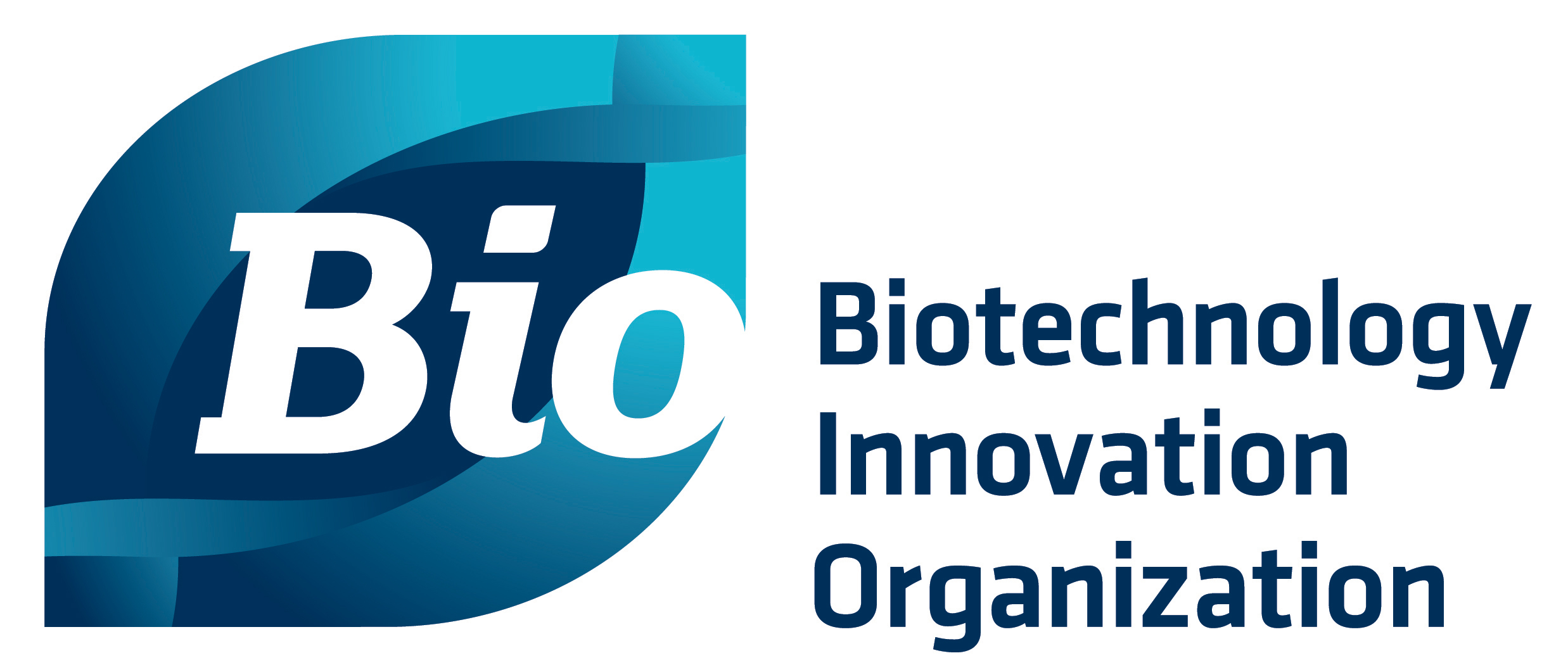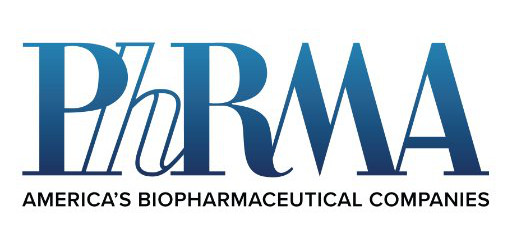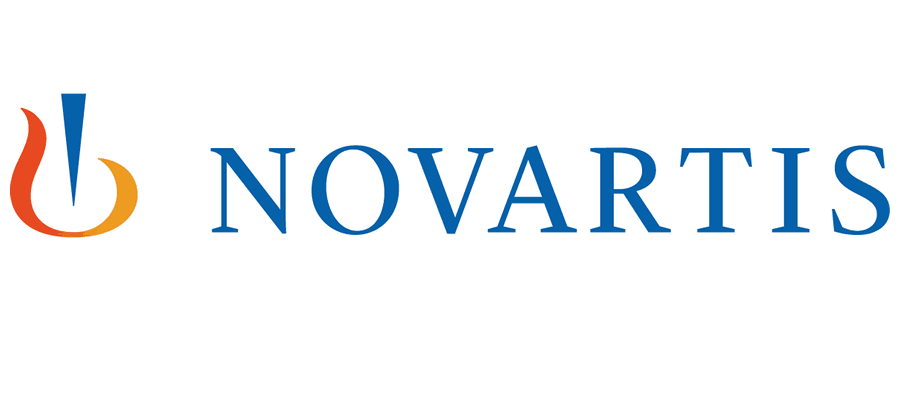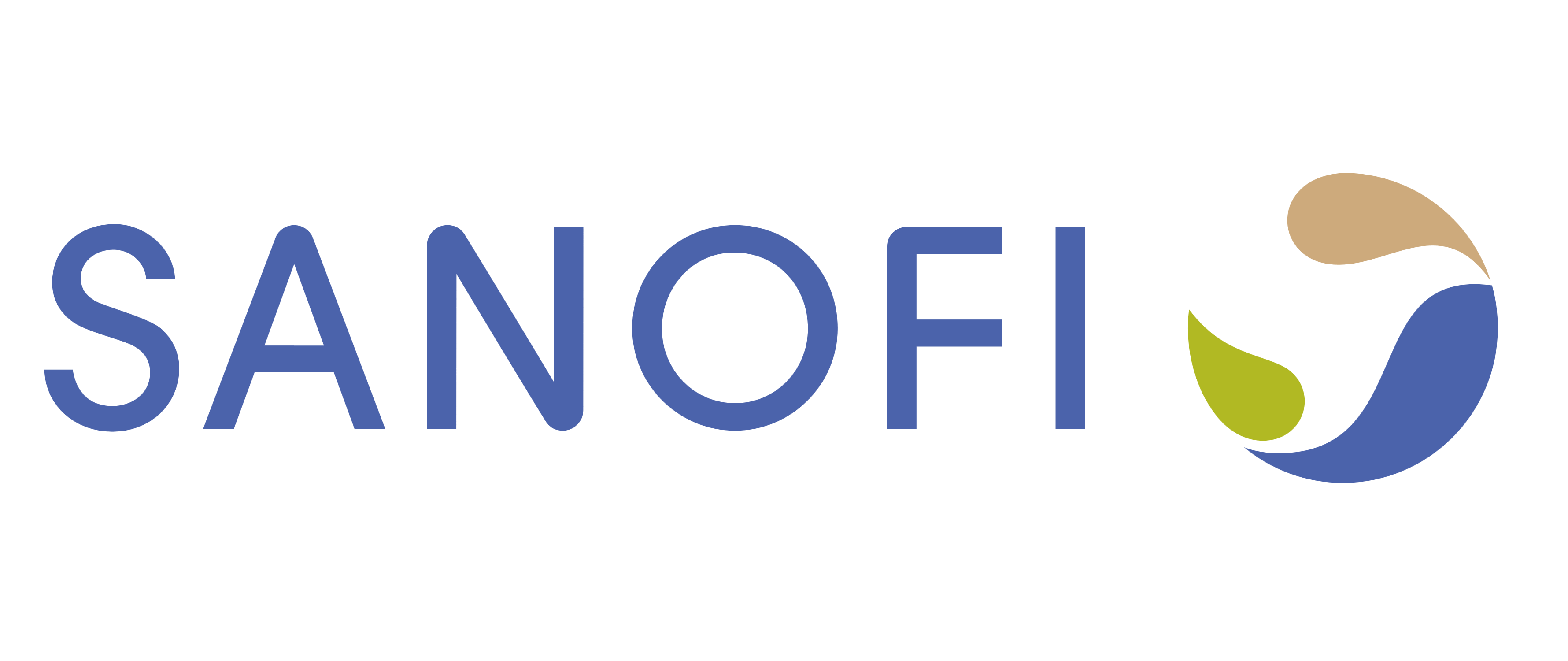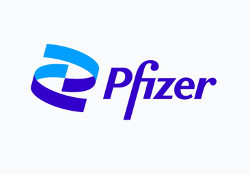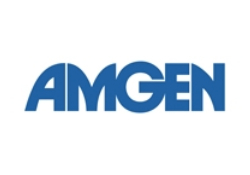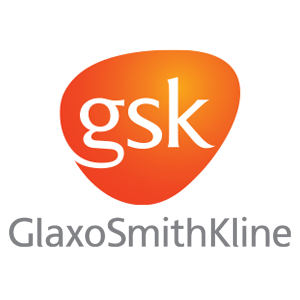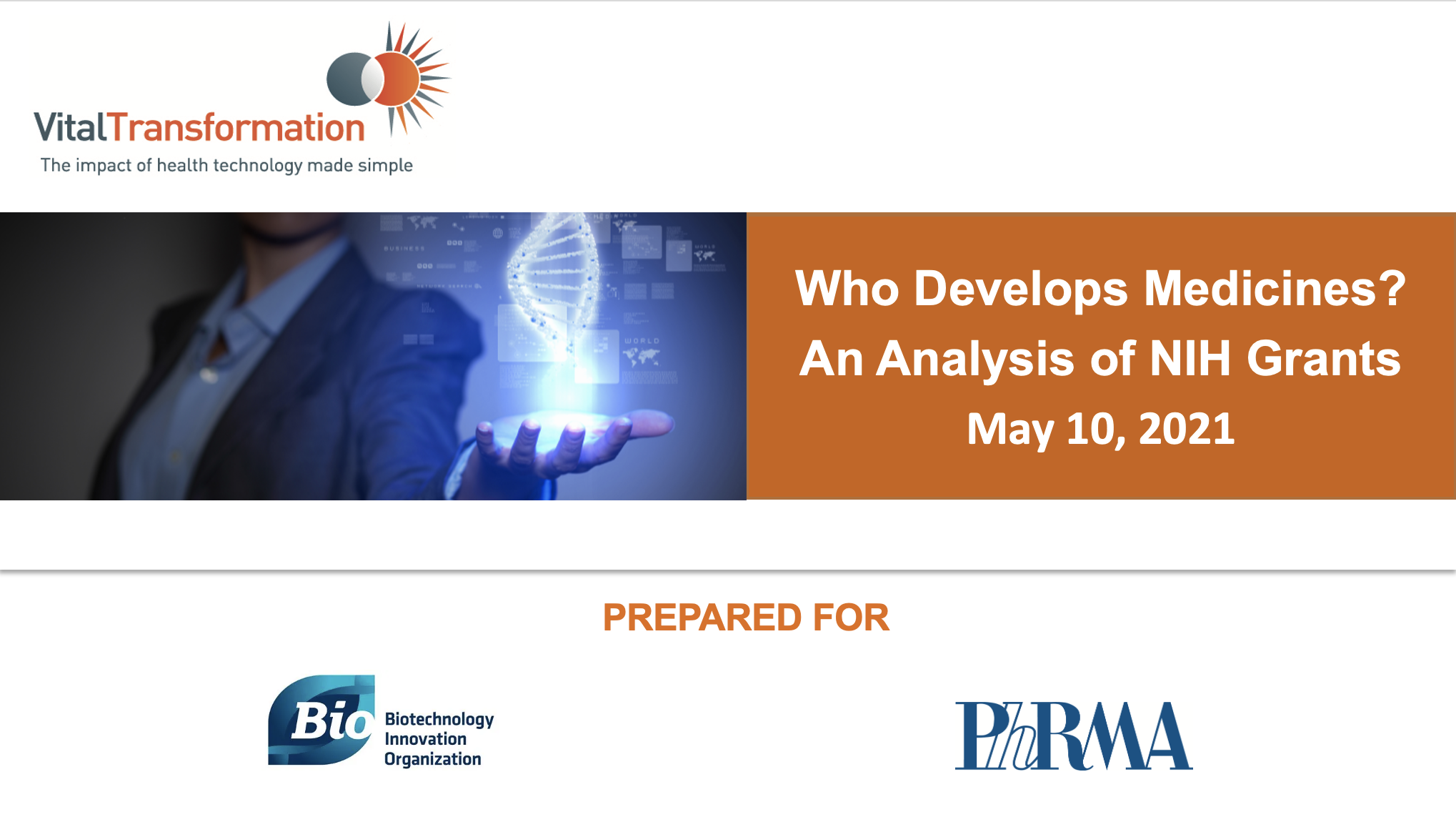- The NIH funded 23,230 grants across six major NIH Institutes and Centers through extramural grants in FY 2000. Patents supported by these grants were associated with 41 investigational medicines that reached clinical trials.
- The data sources used apply a liberal inclusion criteria for patents “associated with” investigational products in clinical trials, resulting in a conservatively large number of NIH-supported patents linked to products in development.
- NIH funding totaled $2.4 billion for these 41 investigational medicines
- To ensure we captured all potentially relevant NIH funding, this includes any other NIH extramural grants for these 41 medicines from other years outside of 2000. Altogether, NIH grants from all years were associated with 511 patents.
- At the same time, the private sector contributed a total investment of $50.2 billion to the research and development of these 41 investigational medicines.
- Investments were quantified through transactions including equity, royalties, licensing, IPO, acquisition, debt, and financing.
-
Of the 41 investigational medicines identified as associated with NIH-supported patents, 18 became FDA approved medicines.
-
NIH funding totaled $670 million for these 18 approved medicines.
-
At the same time, the private sector contributed a total investment of $44.2 billion to bring these 18 approved medicines to market.
-
Industry investment exceeded NIH funding for 17 of the 18 approved medicines, typically by orders of magnitude.
-
Industry investment far exceeded NIH funding across therapeutic classes.
-
Even for pipeline projects not resulting in an FDA-approved medicine, private investment was much larger than NIH funding, regardless of when projects were terminated.
-
Companies investing in these medicines faced investment risks even after FDA approval.
-
While 4 of the 18 approved medicines exceeded annual peak sales of $1 billion, 4 had sales that were not large enough to be reported as revenue in any SEC declaration.
The larger the percentage of private investment, the higher the likelihood of a product being FDA-approved.
